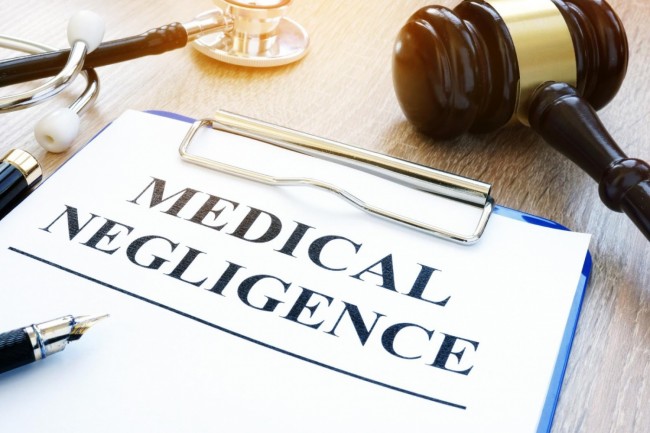
When we go to the doctor or hospital, we expect to start a journey to health. For over 250,000 Americans, they met their death because of different examples of medical negligence.
This makes medical error more deadly than respiratory disease.
But death might not always be the result. Have you considered that an injury, illness, and excessive pain could be caused by medical negligence?
Medical negligence happens when a medical professional such a nurse or doctor deviate away from normal standards.
1. Misdiagnosis Examples of Medical Negligence
The beginning step to beating any illness or injury is a proper diagnosis. Doctors are trained and educated to identify medical issues within their field. Failure to correctly diagnosis a patient can make a medical professional liable.
Here are some common examples of misdiagnosis:
- Failure to identify appendicitis
- Failure to identify meningitis
- Failure to diagnose Diabetes
- Misdiagnosis of cardiac arrest
- Incorrect cancer diagnosis
If your doctor fails to diagnosis a health problem in a timely manner, you could suffer severe injury and pain.
A doctor becomes negligent if their delay in diagnosis could have been completed by another doctor using a standard care of medicine.
2. Surgery
Surgeries are one of the more stressful events in a person’s life. Physicians who perform these tasks should be masterfully skilled; however, there is a small margin for error.
The smallest mistake can cause internal bleeding, prolonged illness, or even death.
The common surgical errors are as follows:
- Accidental cuts
- Performing surgery on the wrong part of the body
- Leaving a surgical instrument inside the body
If a patient is misdiagnosed, their treatment will also be wrong. Sometimes the wrong treatment is unnecessary surgery.
Doctors have been known to perform hysterectomies, implant pacemakers, and do caesarian sections when it was not needed. These types of surgeries are usually last resorts to fix a problem, not the first step.
An unnecessary surgery by itself is not considered medical malpractice, but if complications or injuries happen then a doctor could be liable for all damages.
3. Anesthesia
There are two stages to the administration of anesthesia. The first stage is preparation and review. The second stage is the consistent monitoring of the drugs.
Anesthesiologists should review a patient’s medical records and procedure to identify allergies and figure out how strong the drugs must be.
If an anesthesiologist fails to monitor vital signs and the drugs being administered, the patient could wake up during the procedure.
This can be a traumatic experience that requires a medical malpractice lawyer to help you get justice.
4. Childbirth and Labor
The childbirth process is extremely delicate and many issues can arise. If a doctor or nurse fail to diagnosis a condition, perform a caesarian section, or fail to monitor vital signs of the mother or child, they may be held responsible.
Be sure that you are not being rushed by the hospital staff and ask lots of questions.
5. Long-Term Treatments
A physician should be closely following the progress of any long-term treatment. Failure to do so can have disastrous consequences.
Additionally, the medical professional should have follow-up orders to make decisions regarding the treatment. Should it continue? Should treatment be cut short?
Seek Help
If you are a victim of any of these examples of medical negligence, please seek help from a qualified lawyer.
Take charge of your health and avoid becoming a medical error statistic.